Blockchain with Hyperledger Fabric. Build decentralized applications using Hyperledger Fabric 2 - Second Edition Nitin Gaur, Anthony O'Dowd, Petr Novotny, Luc Desrosiers, Venkatraman Ramakrishna, Salman A. Baset
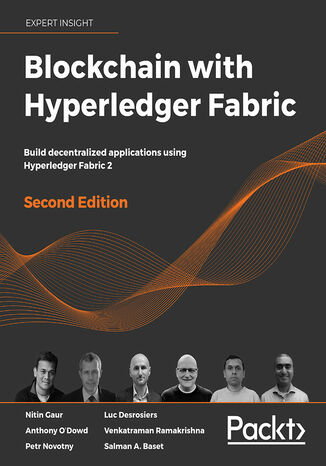



- Autorzy:
- Nitin Gaur, Anthony O'Dowd, Petr Novotny, Luc Desrosiers, Venkatraman Ramakrishna, Salman A. Baset
- Wydawnictwo:
- Packt Publishing
- Ocena:
- Stron:
- 756
- Dostępne formaty:
-
PDFePubMobi
Opis
książki
:
Blockchain with Hyperledger Fabric. Build decentralized applications using Hyperledger Fabric 2 - Second Edition
This edition of the book begins by outlining the evolution of blockchain, including an overview of relevant blockchain technologies. Starting from first principles, you’ll learn how to design and operate a permissioned blockchain network based on Hyperledger Fabric version 2. You will learn how to configure the main architectural components of a permissioned blockchain network including Peers, Orderers, Certificate Authorities, Channels, and Policies. You’ll then learn how to design, develop, package, and deploy smart contracts, and how they are subsequently used by applications. This edition also contains chapters on DevOps, blockchain governance, and security, making this your go-to book for Hyperledger Fabric version 2.
Wybrane bestsellery
Packt Publishing - inne książki
Dzięki opcji "Druk na żądanie" do sprzedaży wracają tytuły Grupy Helion, które cieszyły sie dużym zainteresowaniem, a których nakład został wyprzedany.
Dla naszych Czytelników wydrukowaliśmy dodatkową pulę egzemplarzy w technice druku cyfrowego.
Co powinieneś wiedzieć o usłudze "Druk na żądanie":
- usługa obejmuje tylko widoczną poniżej listę tytułów, którą na bieżąco aktualizujemy;
- cena książki może być wyższa od początkowej ceny detalicznej, co jest spowodowane kosztami druku cyfrowego (wyższymi niż koszty tradycyjnego druku offsetowego). Obowiązująca cena jest zawsze podawana na stronie WWW książki;
- zawartość książki wraz z dodatkami (płyta CD, DVD) odpowiada jej pierwotnemu wydaniu i jest w pełni komplementarna;
- usługa nie obejmuje książek w kolorze.
Masz pytanie o konkretny tytuł? Napisz do nas: sklep@helion.pl
Książka drukowana


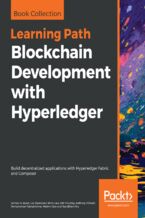

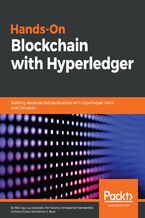
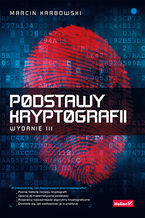
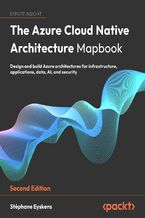
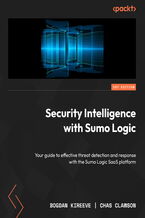
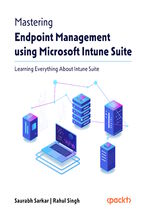
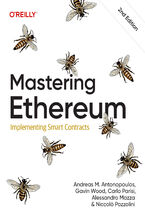

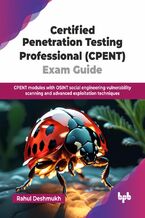
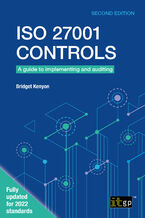
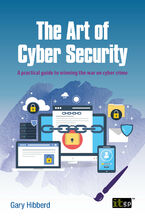
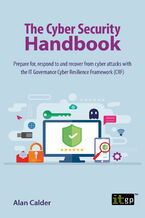






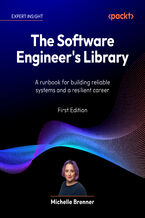
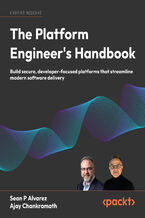
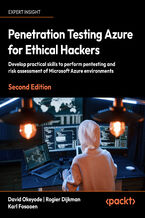
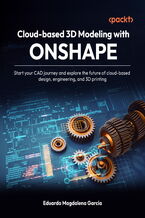
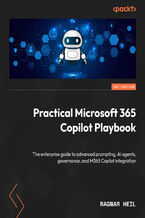
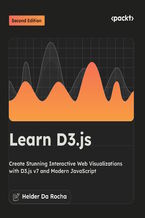
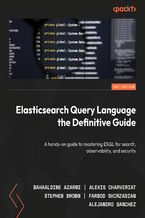
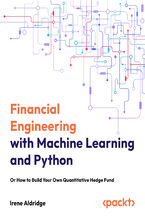
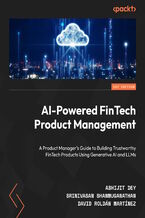




Oceny i opinie klientów: Blockchain with Hyperledger Fabric. Build decentralized applications using Hyperledger Fabric 2 - Second Edition Nitin Gaur, Anthony O'Dowd, Petr Novotny, Luc Desrosiers, Venkatraman Ramakrishna, Salman A. Baset
(0)